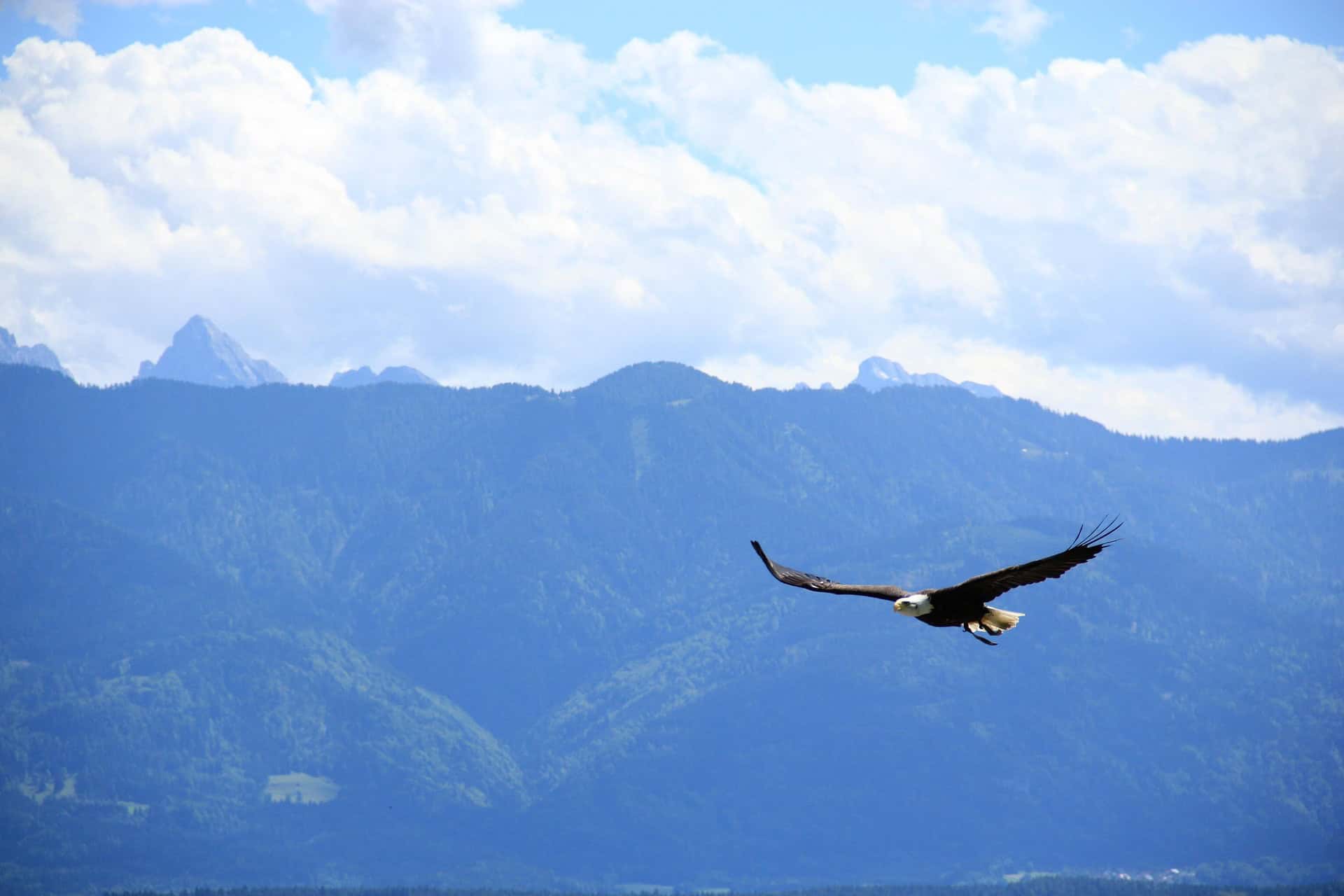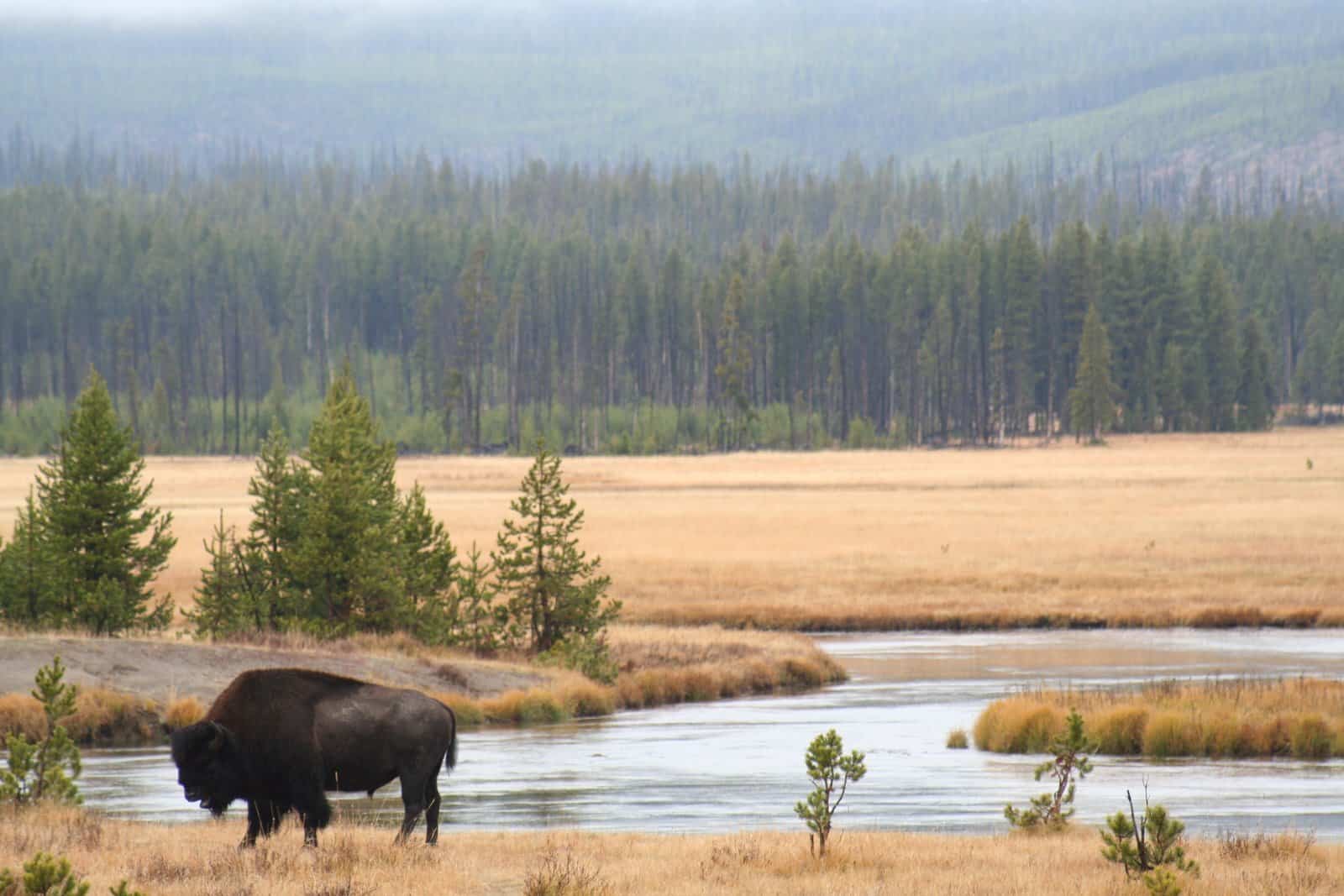Share this article
For North Dakota bats, dwindling wetlands are crucial
Under the best of circumstances, bats can be tricky to study. In North Dakota, where caves are few and bats may roost wherever they can find a rocky crevice, it can be even trickier.
“They’re cryptic,” said J.J. Nelson, a wildlife biologist with the U.S. Forest Service in North Dakota. “They’re out at night. They’re small and highly mobile. They’re flying around, so it’s hard to track them. The bats are able to use habitats on a finer scale than what’s easily measured.”
But Nelson set out to understand how they use those landscape features. Researchers knew broadly what bats required, but exactly what that meant on the species level was less clear.
“Before 2009, hardly anybody had looked at bats in North Dakota,” he said. “There’s not a lot of interest there. Bats aren’t as charismatic as other species.”
He found that bats are particularly associated with forests and water. Big brown bats were often found in open riparian areas, while little brown bats frequented ponds.
The findings are important, said Nelson, lead author of the study published in the Journal of Wildlife Management, because wetlands are frequently drained in the state to maximize agricultural production.
“There is definitely a long history of land conversion in the northern Great Plains,” said Nelson, who conducted the research as a graduate student at North Dakota State University. “It’s already a conservation concern, but it’s typically thought of more in terms of waterfowl or amphibians. This doesn’t really change that conservation concern. It just adds to it. Maybe it opens up eyes a little bit that it’s more than just waterfowl and some of these more charismatic features. Some of these landscape features and these ecosystems are important ecologically on a broader scale for a wider variety of taxa.”
Nelson used acoustic bat detectors to pick up the bats’ echolocation and determine on what landscapes they were most active. Meanwhile, he noted which features were associated with each species. In forested areas close to water, little brown bats (Myotis lucifugus), red bats (Lasiurus borealis), hoary bats (Lasiurus cinereus) and silver-haired bats (Lasionycteris noctivagans) were most active. Big brown bats (Eptesicus fuscus) and long-eared bats (Myotis evotis) appeared more often in open areas.
“Bats overall are associated with riparian areas and forested areas,” Nelson said. “Our work was trying to tease out some of the finer scale, more specific landscape features in terms of foraging.
White-nose syndrome, which has devastated bat populations across the country, has been detected in North Dakota, but it’s uncertain how widespread white-nose the disease is.in the state. That could make better understanding of the bats’ habitat needs even more critical, he said, particularly for the little brown bat. While the bat is still abundant in North Dakota, populations in the East have been decimated by the deadly disease.
“Without a lot of management options in terms of dealing with the white-nose syndrome, part of your best option is to try to conserve the rest of the needs of those bats,” Nelson said. “Protecting some of their key habitat features and landscape features that they use is the first step you can actually manage for.”
Header Image: A researcher holds a big brown bat as part of his research in North Dakota. ©J.J. Nelson








